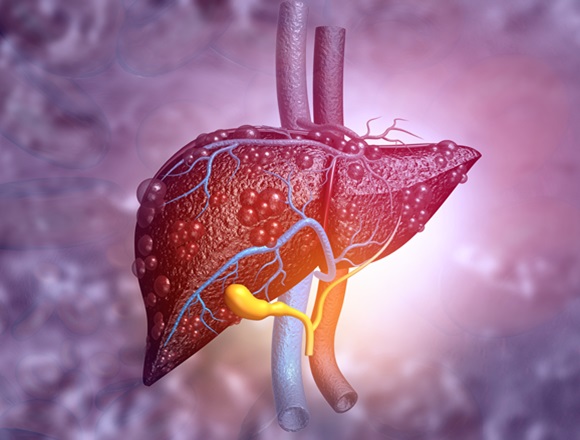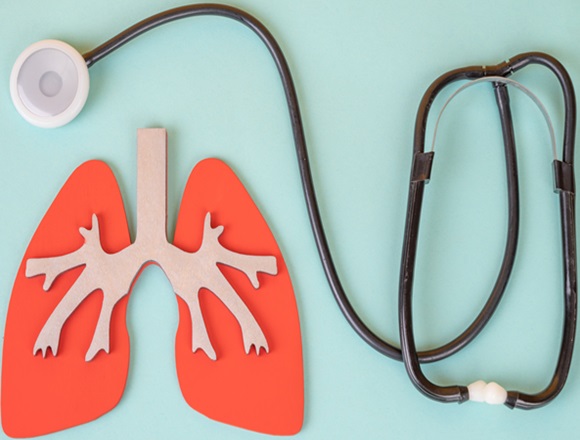References
Honarmand K, Wax RS, Penoyer D, et al. Society of Critical Care Medicine Guidelines on Recognizing and Responding to Clinical Deterioration Outside the ICU: 2023. Crit Care Med. 2024;52(2):314-330. doi:10.1097/CCM.0000000000006072.For a McMaster Perspective interview on RRTs, click here.
Background: In stable hospitalized patients the onset of critical clinical events (rapid deterioration) usually occurs in an area with proportionally limited monitoring capabilities, management capacities, human resources, or all of these. Early alert and rapid response to deterioration should offer the greatest chance of success. Over the last several years rapid response teams (RRTs)/medical emergency teams (METs)/critical care response teams (CCRTs) have been organized in many hospitals. The newest guidelines have been developed to assist institutions and clinicians in organizing and running such teams.
Methods: These clinical practice guidelines were prepared using the Grading of Recommendations Assessment, Development, and Evaluation (GRADE) system. Strong recommendations were issued when—in the opinion of the guideline panel—most individuals would benefit from the recommended course of action and the recommendation could serve as a policy and performance measure, while weak (or conditional) suggestions were issued if the probability of benefit was less certain and adherence to suggestions should not be used as a measure of performance. The usual reasons for issuing conditional (weak) suggestions are either well-balanced benefits and downsides of certain interventions or, more frequently, limited quality of the available evidence (limited confidence or certainty that we know the true effects of a given intervention). This certainty is labeled as high (H), moderate (M), low (L), or very low (VL). In instances where the authors were confident about the unequivocal benefits of certain interventions, they issued good practice statements (GPSs).
Results (quoted from the guidelines):
Good practice statements:
- Ward staff caring for hospitalized patients should strive to acquire a complete and accurate set of vital signs when ordered and when there is additional cause for concern, and to escalate the reporting of significant abnormalities to the appropriate clinicians in an urgent manner.
- Patients, families, and care partners of hospitalized patients are able to recognize subtle differences in clinical status that may signify deterioration and should be empowered to alert appropriate personnel including the rapid response system (RRS).
- A process for quality improvement should be part of an RRS.
Strong recommendation:
- We recommend hospital-wide deployment of RRSs (ie, RRT/MET) for non-ICU patients that includes explicit activation criteria for obtaining help from a designated response team (M).
Conditional (weak) suggestions:
- We suggest focused education of direct-care non-ICU hospital clinicians on recognizing early clinical deterioration (L).
- We suggest that patient, family, and care partner concerns be incorporated into hospital early warning systems (L).
- We suggest ensuring that responding clinicians have expertise on eliciting patients’ goals of care and establishing treatment plans that best reflect their wishes and prognoses (L).
Questions with no issued recommendations (insufficient quantity or quality of evidence, no consensus among panel members, or both):
- We make no recommendation regarding the routine use of continuous vital sign monitoring to recognize early clinical deterioration in unselected non-ICU patients.
- We make no recommendations regarding (1) whether an RRT/MET should be led by a “prescribing clinician” versus a “nonprescribing clinician”; and (2) whether an RRT/ MET should be led by a physician as compared to other health-care providers.
- We make no recommendation about involvement of palliative care–trained personnel as part of an RRT/MET.
McMaster editors’ commentary: RRTs have become ubiquitous in large health-care institutions. Of note, the amount of information on the consequences of their existence is limited, and recommendations are frequently a matter of consensus. It appears that the results could be summarized as a need to adhere to the following steps:
- Measure vital signs (and presumably look at the patient) regularly.
- Know whom to call if concerns occur and have appropriate people responding rapidly.
Educating people responsible for each of those steps seems crucial.
 English
English
 Español
Español
 українська
українська











